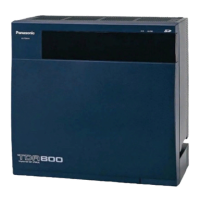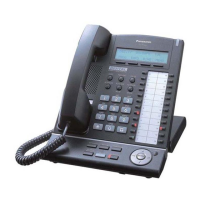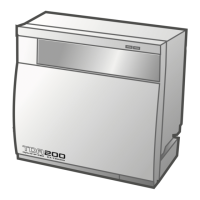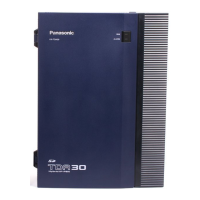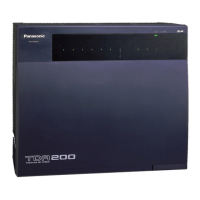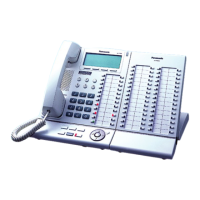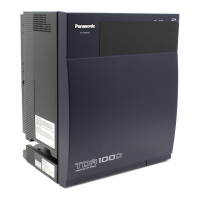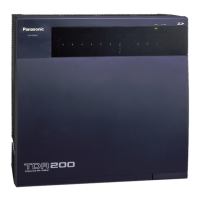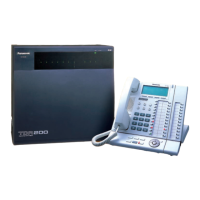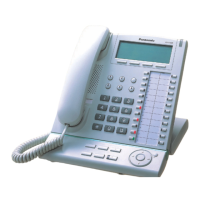1.17 T
Feature Manual 303
Note that in this example, the day mode (Day 2) resumes automatically when the break mode (Break
1) ends.
[Visualization of Time Schedule for Other Tenants]
Note that time modes can be arranged as they are needed (for example, night mode can occur in the
morning and afternoon, if necessary) and not all time modes need to be used in a tenant's time
schedule.
Also note that Tenant 4's Break 1 is followed by the night mode because no end time is programmed
for the break.
3. Features Using Time Service
The following features can be programmed separately for each time mode:
a) Destination of incoming CO line calls (Direct In Line (DIL)/Direct Inward Dialing (DID)) (→
1.4.6 DIL (Direct In Line), 1.4.5 DID (Direct Inward Dialing))
b) Destination of calls handled by Intercept Routing (→ 1.9.11 Intercept Routing)
c) Destination of calls that are overflowed while waiting in a queue for an available agent of an
incoming call distribution (ICD) group (→ 1.9.5 ICD Group Features—Overflow)
d) Destination of incoming doorphone calls (→ 1.4.11 Doorphone Call)
e) Destination of Operator Calls (→ 1.12.5 Operator Features)
f) Toll Restriction (TRS) level of each COS
g) COS numbers which are permitted/restricted to access certain trunk groups (External Call
Block) (→ 1.3.14 CO Line Access)
h) Outgoing Message (OGM) for Timed Reminder (→ 1.17.4 Timed Reminder)
i) Queuing Time Table used by an ICD group (→ 1.9.6 ICD Group Features—Queuing)
j) Intercept time for Intercept Routing—No Answer (→ 1.9.11 Intercept Routing)
k) Intercept time for DISA Intercept Routing—No Answer (→ 1.4.7 DISA (Direct Inward System
Access))
Time Table No. 2
Time Table No. 3
Time Table No. 4
09:0006:00 12:00 15:00 18:00 21:00 00:0000:00
Monday
03:00
NightDay BreakLunch
Tuesday
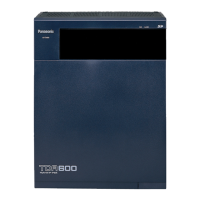
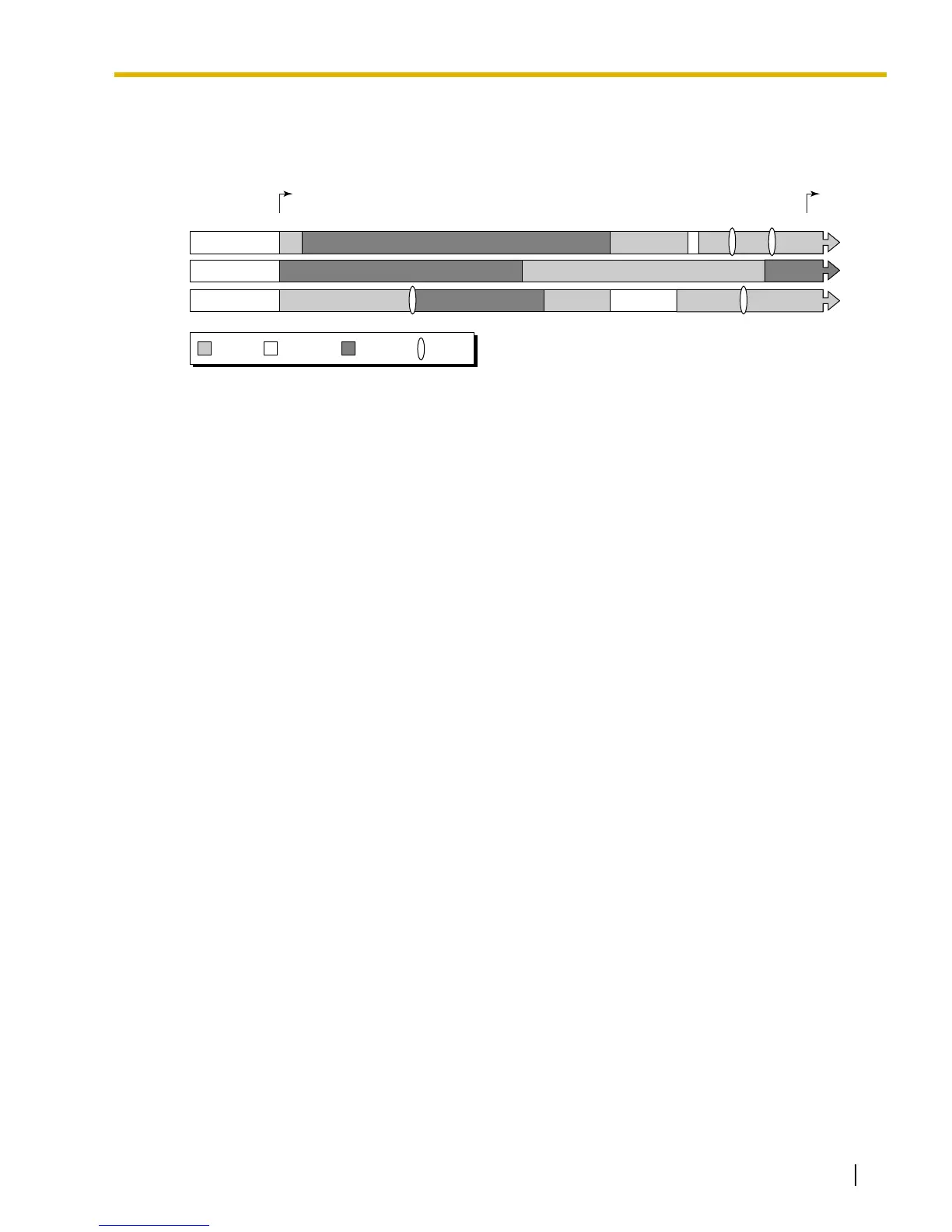